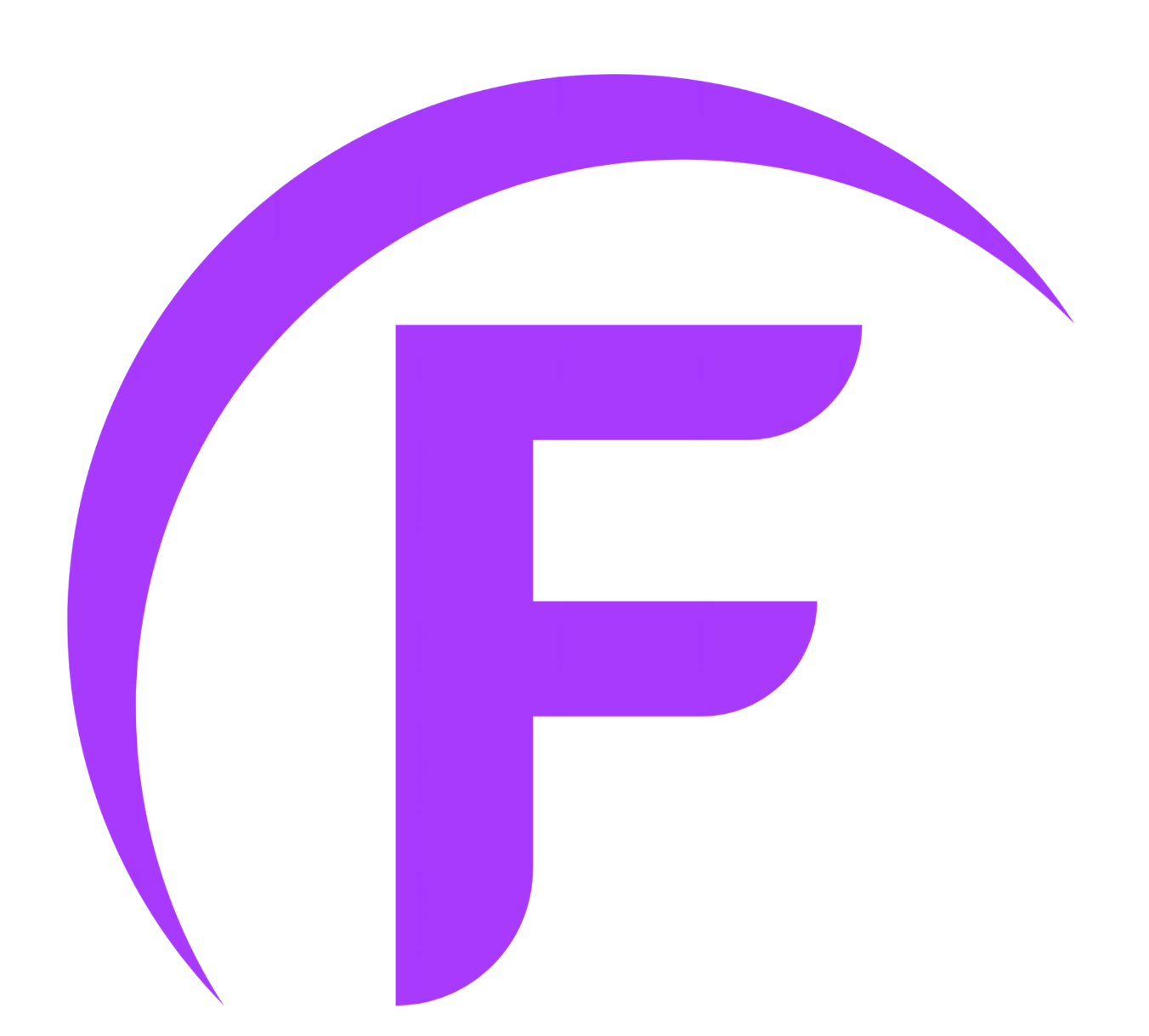Have you ever stood before a wall of swirling Arabic letters and felt the rhythm of each curve echo like poetry? In Dubai, where tradition and innovation blend seamlessly, calligraphy competitions have become a celebration of cultural pride, creative mastery, and artistic dialogue across generations. Whether you’re a hobbyist perfecting your pen technique or a professional artist exploring heritage through ink, Dubai offers growing opportunities to showcase your skills in both local and international arenas.
Calligraphy is deeply respected as both craft and cultural heritage
In the UAE, calligraphy isn’t just art—it’s legacy. Rooted in Islamic culture, Arabic calligraphy is revered as a visual expression of the Quran and a marker of identity. That’s why competitions here aren’t only judged on aesthetics but also on form, symbolism, and authenticity. In Dubai, contemporary calligraphy events often highlight traditional Diwani, Thuluth, and Kufic styles, while also embracing experimental approaches like graffiti fusion or 3D brushwork. Joining a competition means stepping into a space where every stroke carries meaning.
Dubai Culture regularly supports calligraphy initiatives and contests
One of the most consistent supporters of calligraphy in Dubai is the Dubai Culture & Arts Authority. Throughout the year, they sponsor events under their broader visual arts programs. These competitions are usually listed on their official calendar or announced via affiliated cultural centers like Al Jalila Cultural Centre or the Dubai Calligraphy Biennale. Applications often require a portfolio, basic personal information, and a description of the technique or inspiration behind your work.
Competitions are open to residents and sometimes to international artists
While many people think these contests are limited to Emiratis or Arabic calligraphy specialists, that’s far from the truth. Most competitions in Dubai welcome residents of all nationalities, and some even accept international entries, especially when hosted in partnership with global art councils or consulates. The goal is to promote cultural dialogue, so participants using Latin or hybrid scripts are often encouraged as long as their work shows cultural respect and artistic intent.
Submission requirements depend on the hosting institution
Each calligraphy competition comes with specific guidelines. Some require physical submissions, especially for large canvases or hand-inked paper, while others allow high-resolution digital scans for review. Materials like ink type, paper texture, or framing may be regulated, especially for exhibits hosted in formal venues like Etihad Museum or the Sheikh Mohammed Centre for Cultural Understanding. Make sure to read the submission rules carefully, and when in doubt, reach out to the coordinators directly.
Workshops and open calls are good entry points for beginners
If you’re new to the scene, jumping into a major competition can feel intimidating. Thankfully, Dubai offers many warm-up opportunities like open calls, themed exhibitions, or technique-based workshops that double as auditions. Spaces like Tashkeel in Nad Al Sheba or Alserkal Avenue often run seasonal calligraphy sessions where artists are invited to submit trial pieces or participate in collaborative murals. These informal environments allow artists to receive feedback, network, and prepare for larger platforms.

Calligraphy competitions often align with Islamic and national events
Timing is key. Most major competitions are held during Ramadan, the UAE National Day, or art festivals like Sikka or Art Dubai. These events provide the cultural context and audience size that organizers look for when showcasing calligraphic works. During these seasons, the city’s cultural districts—from Al Fahidi to d3—are transformed into galleries and event spaces that draw visitors from across the region, making it an ideal moment to gain exposure.
Language fluency is not mandatory, but script familiarity is valued
One common concern among non-Arabic speakers is whether language fluency is a barrier. While understanding Arabic certainly helps in crafting meaningful compositions, many competitions accept works that focus on form, rhythm, and visual flow rather than text content alone. For example, abstract interpretations of verses or names are often praised for their design harmony. However, artists are typically asked to provide a brief translation or description to help judges understand the intent.
Awards often include exhibition opportunities and mentorship
Prizes are not always financial. In Dubai, many competitions reward winners with mentorships, gallery shows, or commissions for public art. Some artists have gone on to design calligraphy for mosques, government offices, or even product packaging for local brands. Participating in competitions helps build visibility and can lead to long-term collaborations with institutions or private collectors. These outcomes make the effort of joining far more rewarding than the competition itself.
Calligraphy is also integrated into cross-disciplinary events
Modern art in Dubai is increasingly collaborative. You’ll often find calligraphy featured in events that also highlight fashion design, sculpture, or digital art. Competitions may ask participants to submit works that interact with sound, motion, or interactive surfaces. For example, digital calligraphy competitions encourage the use of stylus tools or animation techniques to bring letters to life. These opportunities are perfect for artists who blend tradition with technology.
Dubai’s calligraphy scene continues to grow through shared passion
Participating in a calligraphy competition in Dubai isn’t about winning a prize—it’s about joining a cultural conversation that’s centuries old yet still evolving. The community here values detail, patience, and creative interpretation. Whether you’re drawing a single verse or crafting a series of panels, your work becomes part of something larger: a shared visual language of meaning and beauty.
This guide was prepared by the www.few.ae team to help you navigate the world of calligraphy competitions in Dubai with confidence, respect, and a sense of artistry.


 then "Add to Home Screen"
then "Add to Home Screen"